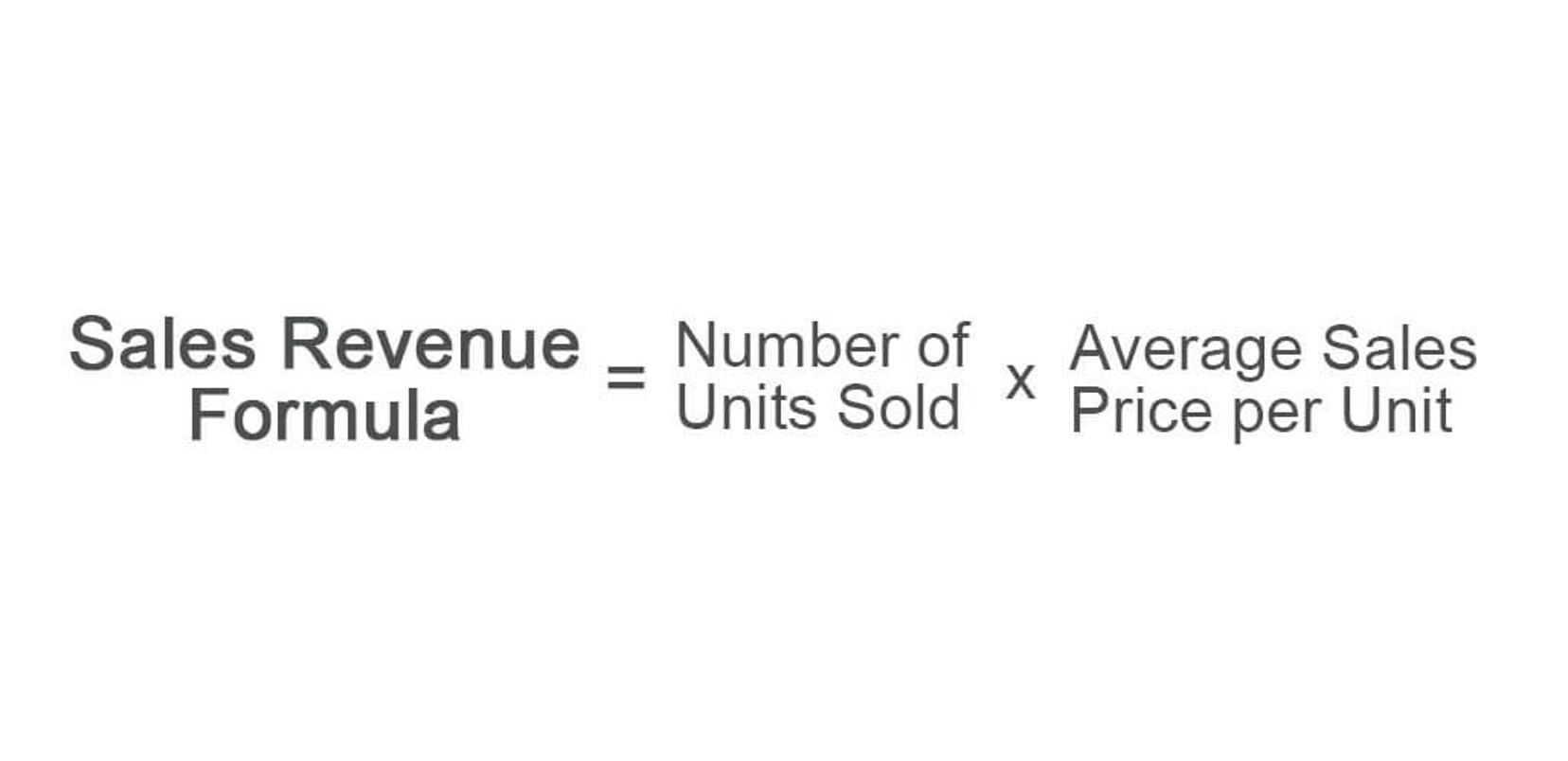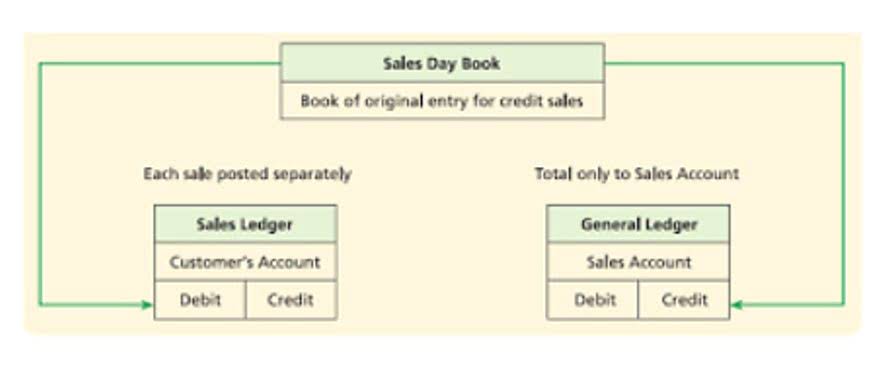
Whether you’re raising capital, entering new markets, or preparing for an acquisition, you need a solid financial strategy to scale effectively. A fractional CFO will help Retail Accounting you navigate growth, secure funding, and prepare for an exit strategy that maximizes your business’s value. Ultimately, the right choice aligns with your business’s current needs, growth stage, and future aspirations. As your SaaS evolves, so too might your need for financial leadership, shifting from fractional CFO to full-time as your complexity, financial metrics, and strategic demands increase. When your SaaS business requires advanced financial reporting and analysis to support strategic decision-making, it’s time to consider fractional CFO services.

Hiring a fractional CFO service
- To best support your SaaS growth strategy, your CFO candidate must have exceptional qualifications, accreditations and SaaS-specific experience and expertise.
- They use their deep understanding of monthly recurring revenue, customer acquisition cost, and lifetime value to make informed strategic decisions, positioning the company for long-term success.
- A SaaS CFO serves as a key advisor to the business owner and finance team, bringing experienced financial leadership to strategic decision-making processes.
- Their role involves tracking expenses and spending patterns, allowing them to identify efficiencies and reduce overall costs.
- The most straightforward way to obtain SaaS CFO services is to hire a full-time CFO for your company.
- They’ll help you set realistic financial targets, monitor performance, and adjust your strategy as needed to meet your growth ambitions.
Additionally, companies may want to consider outsourcing their CFO services if they need specialized expertise that isn’t available in-house. If a company cannot see a path to a direct ROI through the benefits the CFO provides, they don’t have a CFO with a high enough level of expertise in the industry. For small to medium-sized SaaS companies, a fractional solution can offer expert-level SaaS CFO expertise without the cost of a comparable in-house hire. A SaaS CFO is a key player in ensuring the company’s overall revenue growth, sustainable cash flow, path to profitability, and Increased shareholder value. A fractional CFO is a valuable asset at any stage of your SaaS company’s growth. Learn how a SaaS fractional CFO solves key challenges like cash burn management, investor relations and subscription revenue modeling.

Funding

Without a CFO, a SaaS company may lack the financial bookkeeping expertise and strategic vision necessary to reach its full potential. A SaaS CFO is a chief financial officer with specific experience in the Software as a Service (SaaS) industry. A SaaS business is different from traditional businesses that require a one-time purchase or otherwise brief relationship transaction as a SaaS company depends on subscriptions for revenue. Cash is king to any business but crucial to a SaaS business while it builds recurring, predictable revenue and generates significant losses in the process until profitability can be reached. Software as a service (SaaS) companies face unique financial challenges, from managing subscription-based revenue to navigating evolving regulations. A CFO’s expertise is invaluable, but hiring one full-time can be costly and time-consuming.

Case Study: A SaaS Company’s Success with a Fractional CFO
- If a fractional CFO isn’t accustomed to working with SaaS business models, they may find it challenging to adapt.
- SaaS fractional CFO is someone that could help you take your business to the next level and increase your annual recurring revenue, but how do you know if it’s the right move for your SaaS company?
- Fractional CFO services become vital at this juncture, offering the seasoned guidance needed to navigate the expansion effectively.
- They also give you access to financial advice and forecasting models, helping you make informed decisions as you grow.
When it comes to fundraising and investor management, your CFO becomes an invaluable partner. They help you tell your financial story effectively and build strong relationships with investors. This makes forecasting and revenue recognition more complex, requiring specialized saas part-time cfo accounting knowledge.
- They can take your business objectives and come up with a money strategy that will help you reach them.
- They come in to provide expert advice when you need it and get off your payroll once the job is done.
- Financial ratios, variances, and performance metrics are all essential, but true value lies in the insights hidden behind these figures.
- A fractional CFO isn’t just about managing your books; they help you forecast growth, identify cash flow issues, secure funding, and develop a financial roadmap that supports your business goals.
- They need to identify the technologies and services they need to integrate with and ensure they have the resources to do so.
Accurate financial reporting and efficient management reporting systems are essential for informed decision-making in SaaS companies. A CFO ensures that financial reports accurately reflect the company’s financial status and that key data is accessible to stakeholders. This could involve strategic hires, exploring new markets, or enhancing existing subscription services to improve customer retention and reduce customer churn. Their strategic planning ensures that growth initiatives are financially viable and aligned with the company’s overall objectives. This includes identifying financial risks and implementing strategies to mitigate them, thus safeguarding the company’s assets and ensuring sustainable growth.
What Does a SaaS CFO Do?
They can also help with cash flow forecasting, which involves predicting future cash inflows and outflows. Budgeting and forecasting are essential components of strategic financial management. A fractional SaaS CFO can help a company create a budget that aligns with its strategic objectives and provides a roadmap for achieving those objectives. They can also help with forecasting, which involves predicting future financial performance based on historical data and other relevant factors.


